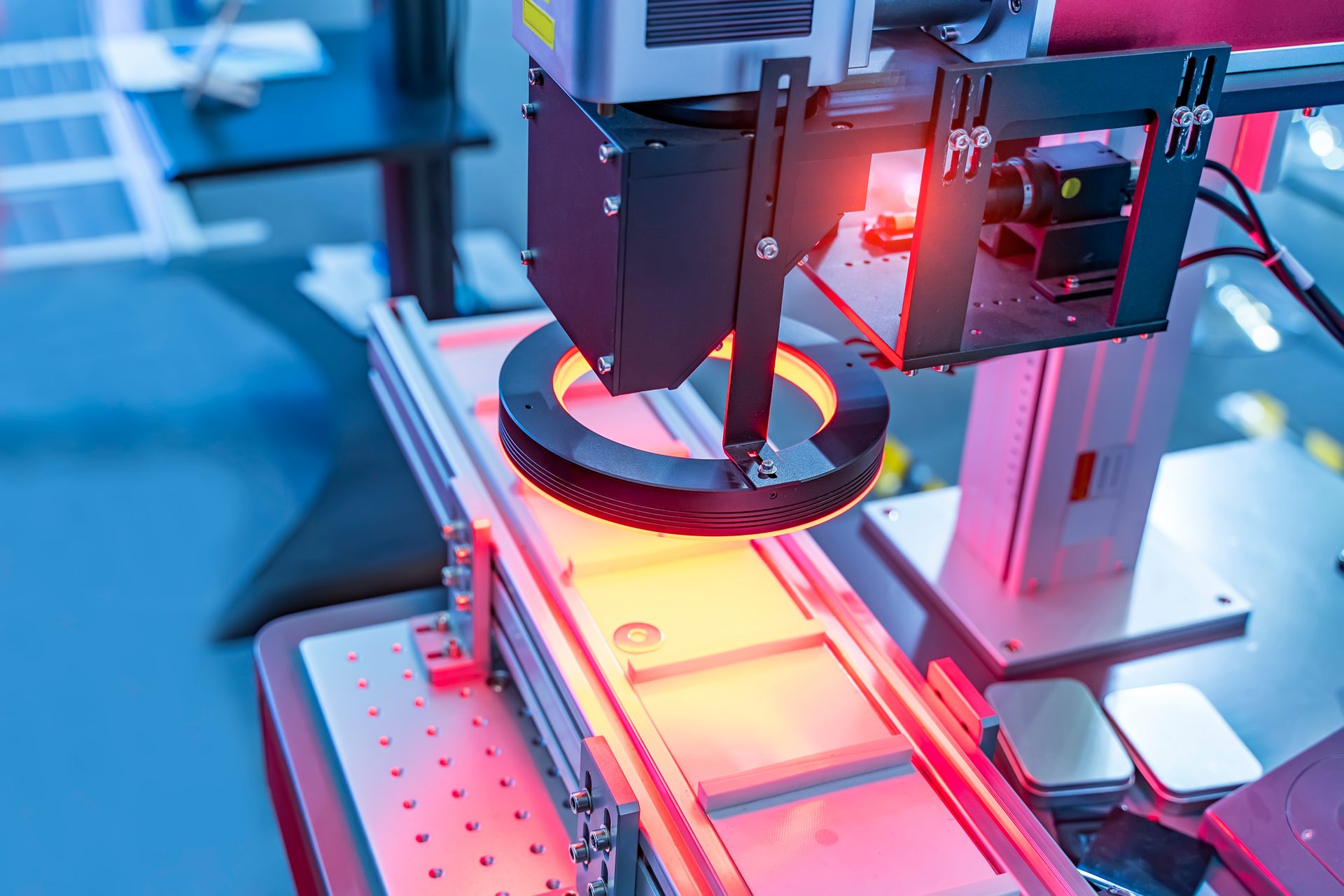Machine vision has been around for quite some time, yet improvements in technology put it on the forefront of some of the most interesting technology talked about today, both in and outside of manufacturing. The forming of a machine vision system requires a few technologies simply working together to provide a high-tech, low-effort, highly accurate inspection process. With proper lighting, staging, and lenses, a combination of sensors and/or cameras capture images of a product at various stages (often in-process) of production, processing hardware (a simple computer or advanced vision appliance) and software algorithms render (and often analyze) the image and communicate the results.
Vision & Sensors
To View all Suppliers of Vision & Sensors Click Here


2024 BUYERS GUIDE eBOOK
In addition, the machine vision market is on the front lines of the utilization of automation, robots, machine learning, and artificial intelligence, which could provide machine vision applications for quality inspection including positioning, identification, verification, measurement, and flaw detection. And unlike human inspectors, a machine vision system could work “nonstop” providing 100% online inspection, resulting in improved product quality, higher yields, and lower production costs.
A higher, more consistent product experience will help drive customer loyalty, and the bottom line.